Renault Kaptur review, test drive
Renault’s made-for-Russia Kaptur is India bound, and it could just be the SUV you are looking for. We spend a couple of days with it.
Published on Nov 22, 2016 06:00:00 AM
56,810 Views
Follow us on



Renault is on a roll in India. What started with the Duster has carried on with the Kwid, and the French company is now looking to continue that upward trend by launching a raft of fresh models, many of them tailor-made for the Indian market. Sure, there have been some duds along the way, but the Renault we see in India today is a far cry from the company that first took the covers off cars like the Koleos and the Fluence.
The company now knows the wicket, it knows the bowling attack and it knows that for it to score here, it has to come equipped to take on the most demanding customer in the world: you. This is why the next big thing from Renault will be the car you see on these pages – the all-new Kaptur.
Now wait, halt, stop; let’s start right at the beginning, because otherwise it could get confusing. This is because, believe it or not, there are two outwardly similar cars with similar-sounding names. The first is a compact crossover called the Captur, designed, engineered and produced for the European market. Roughly the size of an EcoSport, it is built on the same platform as the new Clio Estate, and stretches the tape at just 4.12 metres. Because it is sold in Europe, it comes with all the bells, whistles and safety features expected of a European car. Problem is, this makes it expensive. And expensive and small don’t go too well together, especially in emerging markets such as ours.
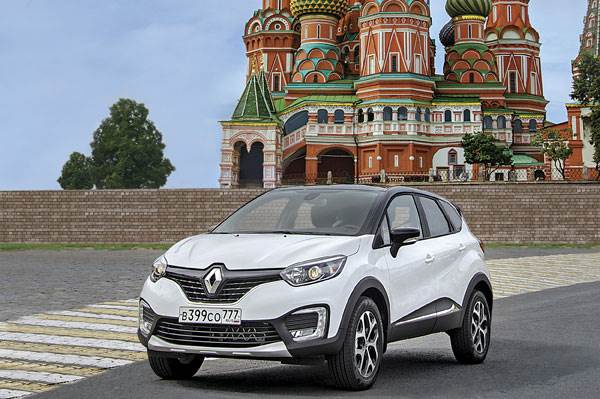
So Renault, being Renault, has gone for a wholly different answer to a similar question – a Kaptur with a ‘K’, as kookie as that sounds. Yes, the Kaptur looks similar from the outside and the insides have more or less the same layout too, but unlike its European cousin that’s built around a compact hatchback, this one shares its platform with the more robust Duster. Made for emerging markets such as ours, it is wider on the inside, longer, several times tougher and, importantly, comes with a more affordable sticker price. So while the Captur had no hope of succeeding in our emerging markets, the Kaptur has the potential to ace it.
One for the ramp
Part of the reason is because the crossover styling simply looks stunning in the flesh. There’s a freshness here I’ve not seen on an off-roader in a long, long time, and the new surfaces and shapes Renault’s designers have used work incredibly well. This clearly is automotive haute couture for the masses, and the good thing is that it scores well in almost all areas.
For one, it’s got a wide stance. The nose is longer than on the European Captur, lending it more of a two-box feel, the large wheel arches give the body a strong set of shoulders and the muscular bonnet and sporty roofline add to the looks. The treatment of the nose, however, is what gives the Kaptur its character – the droop of the bonnet, that superb headlight-and-grille combo and those C-shaped LED brackets in the chin. Brilliant. It does look a bit awkward in profile because of those big 17-inch wheels and high 205mm ground clearance, but then, which car with a crouching roof and high clearance doesn’t?
Copyright (c) Autocar India. All rights reserved.


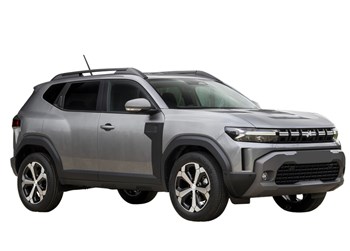
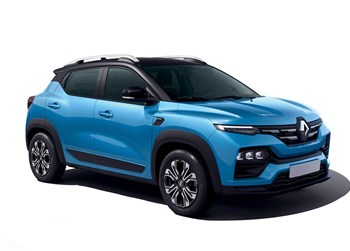
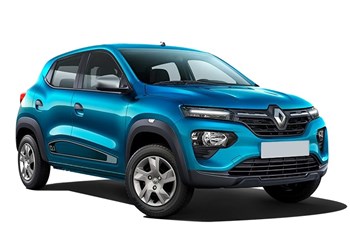
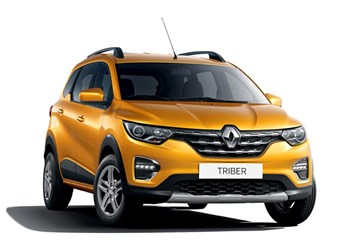


Comments
Member Login
Personal Details
No comments yet. Be the first to comment.